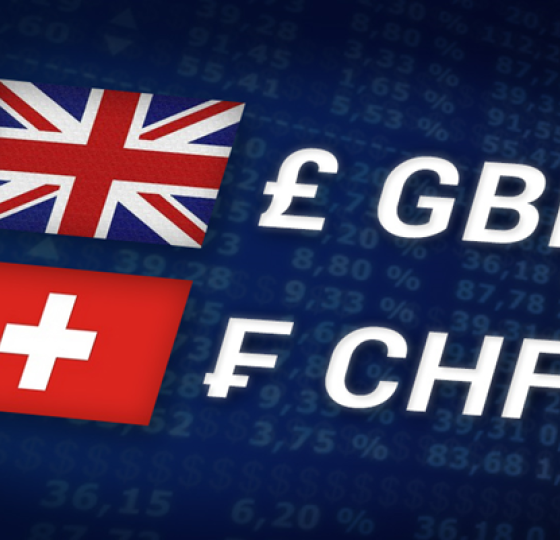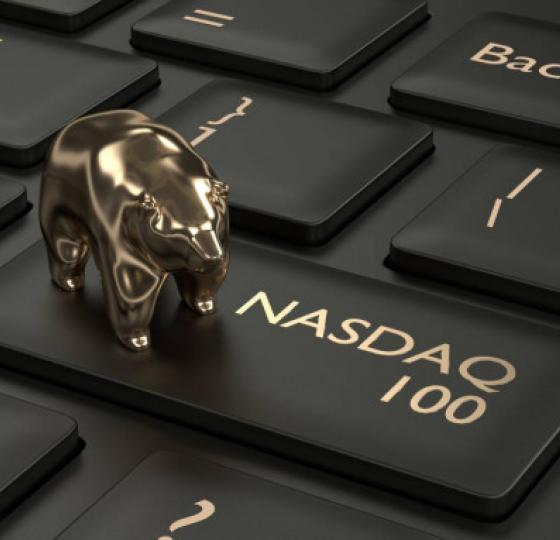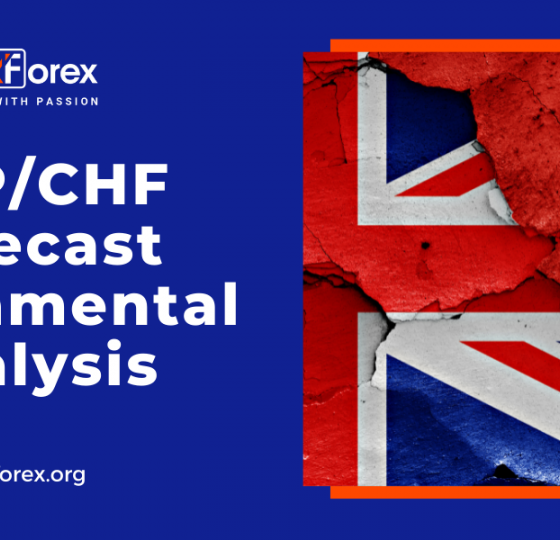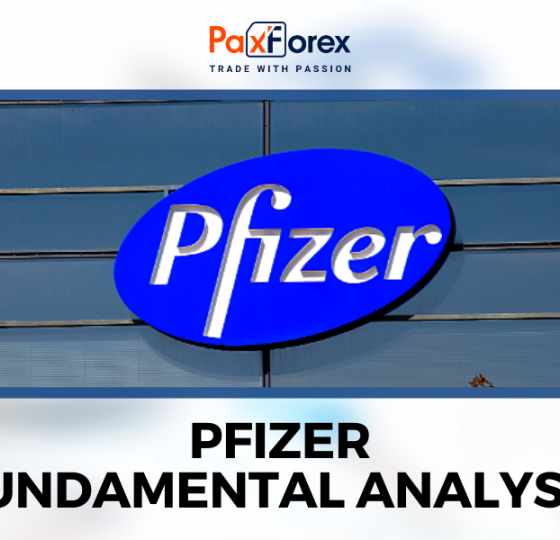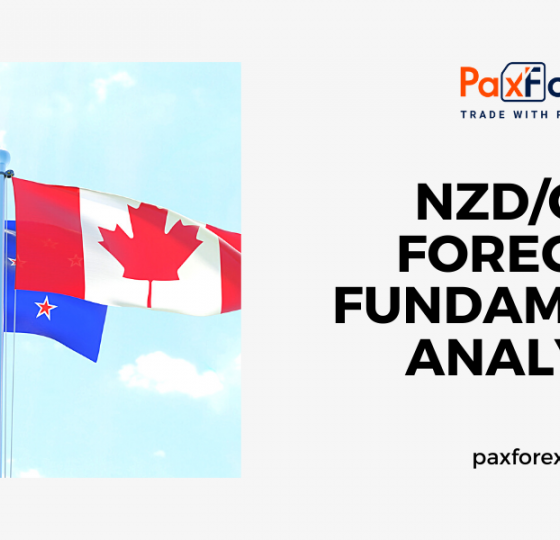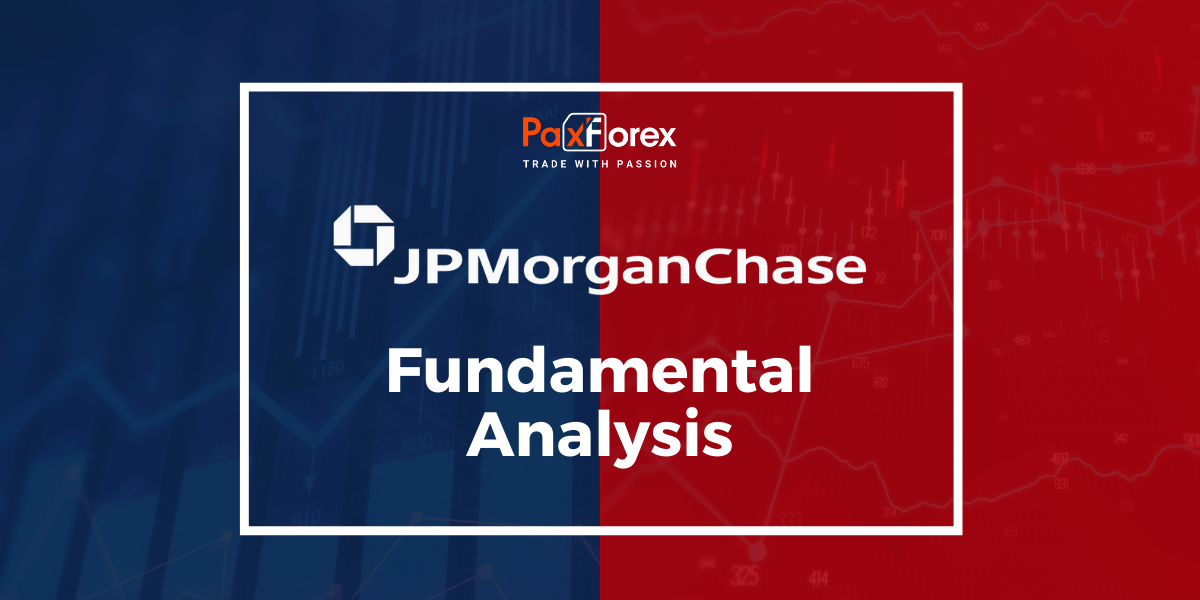
Source: PaxForex Premium Analytics Portal, Fundamental Insight
With the U.S. Federal Reserve set to increase its benchmark overnight lending rate (the federal funds rate) for the first time since the beginning of the coronavirus pandemic at its forthcoming meeting, most banks are forecasted to profit. JPMorgan Chase, America's largest bank, is no exception. The bank has many commercial loans and credit cards in its portfolios, whose yields will rise along with the federal funds rate. The bank is also enhancing its deposit base.
But investors might not see the advantages of rising rates so evidently in JPMorgan's performance in 2022. And here's why.
Banks' primary benefit from rising rates comes from their net interest income (NII), which is the interest banks earn on loans, securities, and other assets after covering the cost of funding those assets. Most banks are asset sensitive, which means that their return on assets varies more upward with the federal funds rate than the return on their liabilities, such as deposits. Thus, if returns on assets rise more than those on deposits and other funding sources, the bank increases its margins and makes more money.
JPMorgan anticipates this to happen in 2022. But there are different components of NII: there is NII that the bank earns from loans and securities, which we will call core NII, and there is NII from JPMorgan's corporate and investment banking division, which we will call market NII. JPMorgan generates most of its market NII from its fixed-income trading division within the investment bank. The bank can earn NII from the bonds it owns and the bid-ask spread when buying and selling bonds. The fixed income division also handles different sorts of financing and lending that bring in NII.
JPMorgan's total NII fell from $57.8 billion to $52.7 billion between 2019 and 2021 when rates dropped to near zero. But within that figure, core NII fell by more than $10 billion, while market NII rose from $3.1 billion to $8.2 billion. Core NII suffered because of the downturn in credit growth and low interest rates, while market NII, which contains quite a few complex factors that can change it quite a bit, has blossomed in a low-rate environment thanks to lower funding costs and more activity in the division.
JPM believes core NII will rise to about $50 billion in 2022, given the higher rates and loan growth the bank expects in the high single-digit percentage range. Nonetheless, the bank is not focused on market NII, so it is difficult to say whether it expects NII growth on a net basis in 2022.
Higher interest rates could lead to higher funding costs in the fixed-income markets division, leading to lower NII. The bank`s CFO Jeremy Barnum also defined during the bank's most recent earnings call that there could be a lot of noise in the NII market from "irrelevant places like interest rate hikes in Brazil and cash versus futures positions," so the bank doesn't like to rely too much on this NII. But Barnum has also said in the past that most fluctuations in market NII, whether rising or falling, are usually offset by non-interest income, so it is challenging to quantify the general influence of changes in market NII.
But market NII seems to perform better at lower interest rates and worse at higher interest rates. When interest rates were higher in 2019, markets' NII was a much smaller part of total NII. But in the previous two years, when interest rates were ultra-low, market NII provided $8.4 billion NII and $8.2 billion NII, respectively. Between 2017 and 2019, when rates were rising more, the markets' NII ranged from $3.1 billion to $4.6 billion.
So, given these historical numbers, JPMorgan could still exceed the $52.7 billion of NII it generated in 2021, but that may not be as significant a leap as investors expected due to rising rates.
To summarize, JPMorgan will benefit from the rate hike, as management expects an additional $5.5 billion in core NII. Nevertheless, some of that growth could be offset by lower NII in the markets, which would create a smaller net benefit. Barnum said fluctuations in market NII are offset by non-interest income, but this is a broader category, and investors are watching the NII metric much more closely. This somewhat complicated dynamic is something investors should remember when building their expectations for JPMorgan in 2022.
As long as the price is below the level of 140.00, follow the recommendations below:
- Time frame: D1
- Recommendation: short position
- Entry point: 128.84
- Take Profit 1: 125.00
- Take Profit 2: 120.00
Alternative scenario:
If the level of 140.00 is broken-out, follow the recommendations below:
- Time frame: D1
- Recommendation: long position
- Entry point: 140.00
- Take Profit 1: 150.00
- Take Profit 2: 160.00


